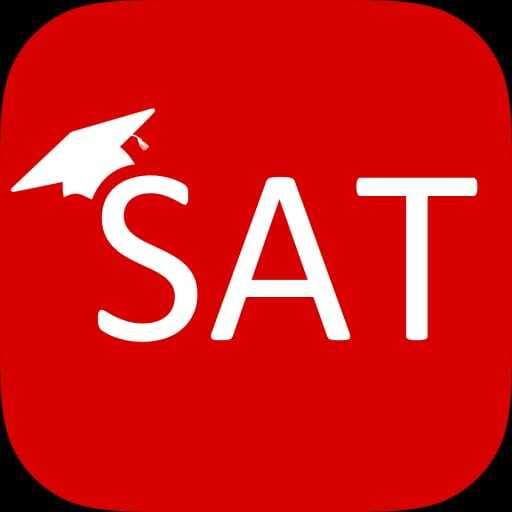Shamsa Kanwal’s Updates
Week 2: Scholastic Aptitude Test (SAT)
One of the most well-known and commonly administered standardized test is Scholastic Aptitude Test, the SAT test.
A commonly use tool to help determine which high school students are ready to enter college.
Most high school students take the SAT or the PSAT, for it is a common requirement for admission to college. The test contains three sections: critical reading, mathematics, and writing. Each section has a scoring range of 200-800 for a possible range of 600-2400 points. Each section consists of multiple-choice questions with the writing section also requiring a short essay and mathematics having 'grid' style questions.
There are strengths and weaknesses to relying on the SAT as the foundation for decision making when it implies to a student's abilities and potential.
Focusing on the strengths of the SAT test, one major thing is , this test provides a measurable standard by which to compare a student's scholastic knowledge to other students taking the same test. Using a grade point average, or GPA, system to determine rank seems not as accurate and reliable, because each school determines its own ranking. Like, some schools are not only on a 4.0 system, while others offer classes up to 5.0, there is also room for subjectivity in high school class grading. With the SAT, students either get the answer right or wrong and are scored accordingly.
On the same token, a number of questions on the SAT demand the students to use a combination of steps and knowledge to address them. This provides a solid indicator of how the students performs and how strong their deductive skills are. These can be important factors for a student's success at a university. Therefore, the SAT numbers provide valuable information.
On the contrary, there are issues related to this test and cannot be overlooked. As SAT is restricted to certain areas of knowledge, so students strong in non-traditional areas of intelligence will not be abale to display those strengths on the SAT exam. This tends to be a failure on the prt of universities to enroll bright, capable and innovative students by placing too much emphasis on SAT scores for admissions. This may cause students strong in non-academic areas miss out on quality education by not being able to compete on an SAT. Secondly, One of the most controversial aspects of the SAT is that there have been persistent correlation between SAT score and family income. This create a socio-economic division in college admissions, which only serves to separate the classes further.
Links:
https://study.com/academy/lesson/examples-of-standardized-tests.html
https://www.theclassroom.com/pro-cons-sat-test-5423.html


